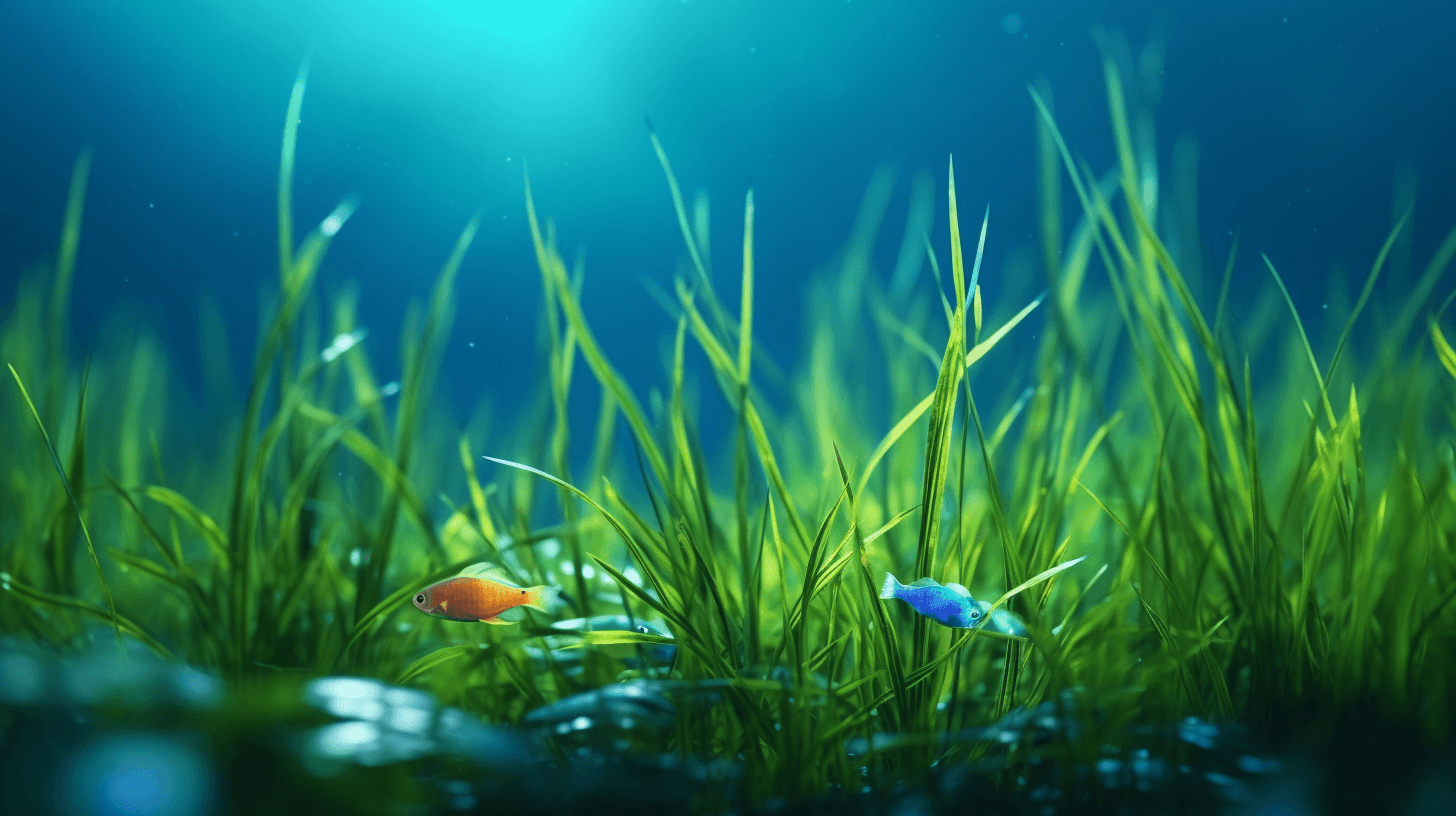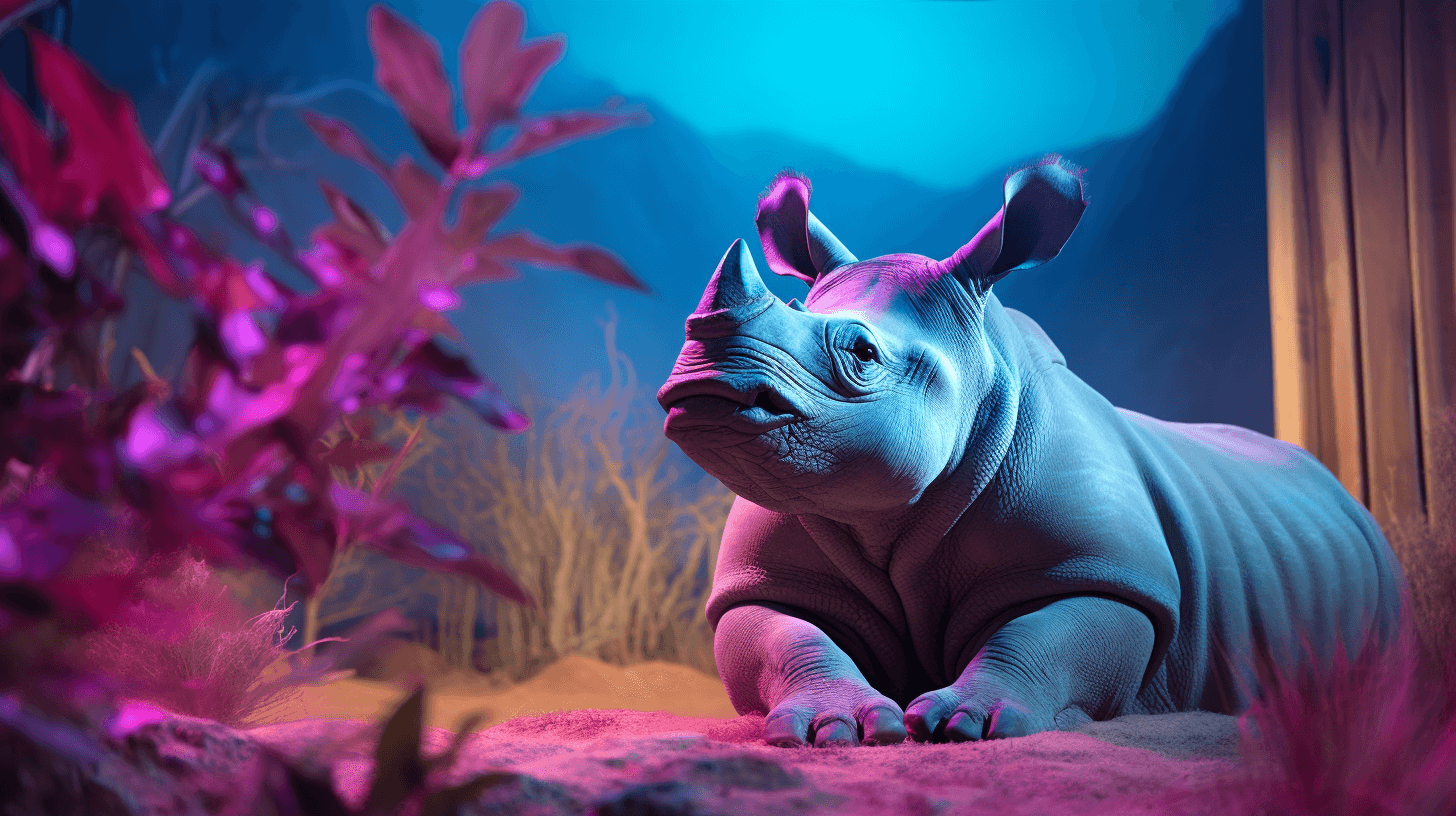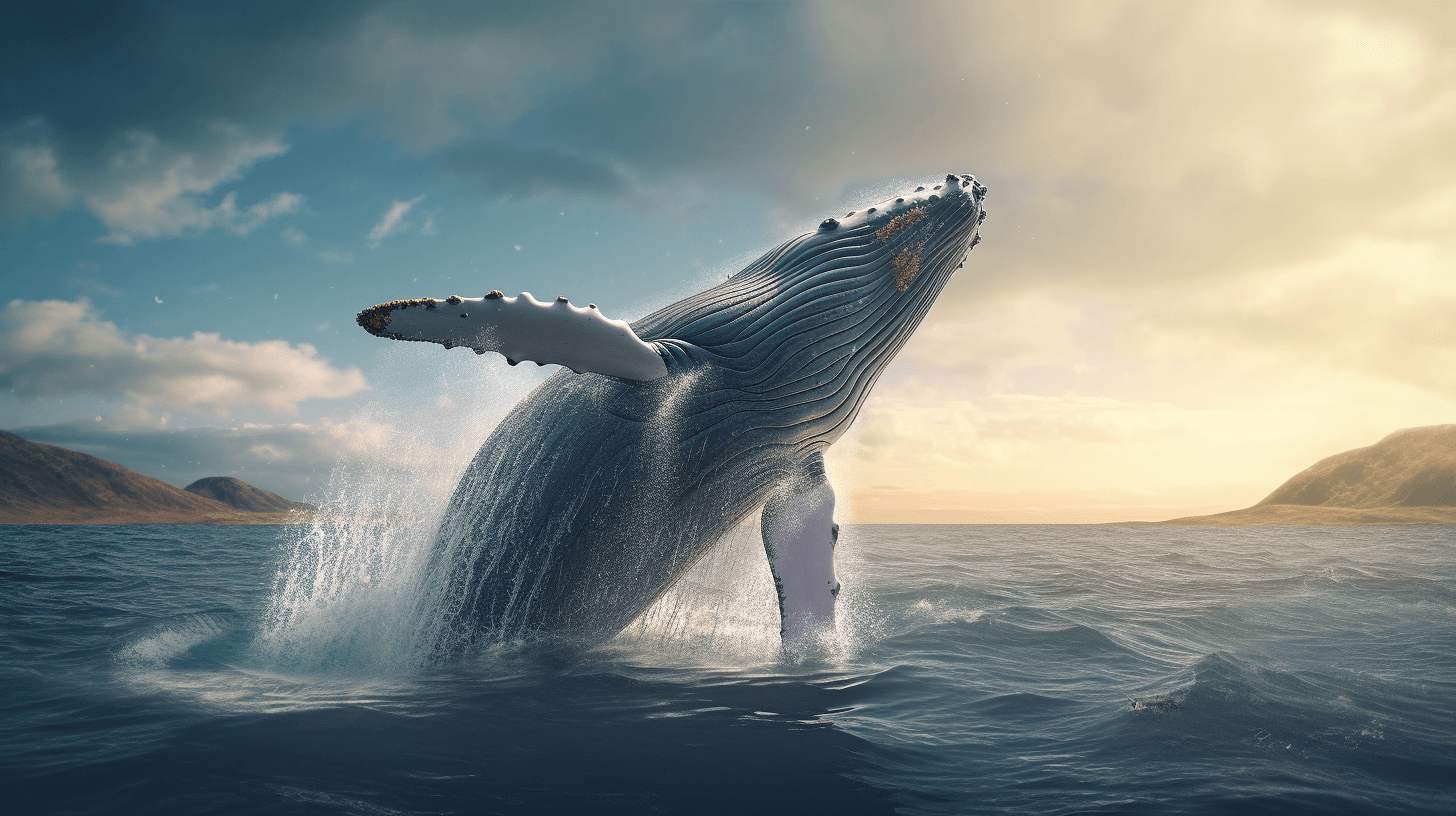🌱💪 Da Powahful Climate Solution Unda da Ocean! 🌊
No need to worry, brah! Da solution to climate change stay right unda da ocean, inside da seagrass meadows. Da peopo who stay by da coast, dey can kokua da environment by restore dis grass an’ soak up plenny carbon dioxide from da air. Plus, da seagrass help protect da coast, slow down da big waves, give home fo’ fish, shellfish, an’ birds dat migratin’, clean da watah, an’ pump oxygen inside da ocean. 🐟🐚🦅🌊
Dis seagrass, dey not some kine high tech gadget, but one of nature’s oldest creations. Dey no algae, but real plants dat sprout, flower, an’ make fruits an’ seeds. Stay on da coast of every continent, ‘cept Antarctica, an’ dey one powerful tool against climate change we already get on da planet.
But seagrass gotta be restored, yeah? Dat’s what scientists, NGOs, an’ volunteers all ovah da world stay doin’, tryin’ to make da seagrass meadows come back strong. 🌱🌎 In Virginia, Britain, an’ Western Australia, wit da help of researchers an’ regular peopo, da seagrass meadows stay coming back, bringing with them clean watah, stable shores, an’ da animals an’ other organisms dat used to thrive dea. But seagrass no get da attention it deserves.
Hard fo’ know exactly how much seagrass we lost, ’cause we neva know how much we had in da first place. Only about 16 percent of global coastal ecosystems stay healthy, an’ seagrass one of da hardest hit. One third of seagrass all ovah da world gone in da last few decades, says Dr. Matthew Long from Woods Hole Oceanographic Institution. Every half hour, we lose one soccer field of seagrass, and 5 to 10 percent every year. ⏰⚽🌱
Plenny tings been hurting da seagrass, like deoxygenation, ocean acidification, warming temperatures, and nutrien’ pollution from farm runoff an’ wastewater. Even though climate change an’ human impacts accelerated da loss of seagrass in da last few decades, it’s not a new story.
On da Eastern Shore of Virginia, one big storm in August 1933 wiped out what was left of da eelgrass meadows aftah a disease an’ overharvesting of bay scallops. For decades, no had eelgrass on da ocean side of da shore, says Bo Lusk, one scientist with da Nature Conservancy’s Volgenau Virginia Coast Reserve. But den in 1997, someone seen some patches of eelgrass, likely from seeds dat drifted from Maryland.
Since 2003, scientists an’ others planted 600 acres of seeds, and now seagrass covers 10,000 acres, says Dr. Lusk. But da success of da Virginia project hard fo’ recreate elsewhere. “You no can do dis jus’ anywhere,” Dr. Lusk said.
Restoring seagrass going take decades of commitment, says Dr. Lusk. But community engagement one necessary part fo’ seagrass success since it take plenty work fo’ collect an’ plant millions of seeds. 💪🌱👥
One place where da seagrass well mapped is Shark Bay, one remote part of da coast in Western Australia, where scientists found seagrass from 10 different meadows actually jus’ one plant, possibly da biggest in da world. 🌱🌏
Over da last decade or so, Dr. Elizabeth Sinclair and her colleagues been studying da recovery of da seagrass. Despite warming temperatures an’ changing ocean chemistry, which make complete restoration impossible, it’s still work worth doing, says Dr. Lusk. Whether it’s on da crooked waterways of da Virginia coast, da rocky shores of Wales, or da sweeping, endless bays of Western Australia.
“Dere are so many logical reasons we should do dis,” Dr. Lusk said. “Da carbon storage is great, shoreline protection, all of dis other stuff is great, an’ you can know dat in your head but until you get in da water an’ spend some time really within dis system, you no have da emotional connection. I would keep doing dis if there was no carbon stored. It just feels right to be out there.” 🌊🌱💚”
NOW IN ENGLISH
🌱💪 The Powerful Climate Solution Under the Ocean! 🌊
No need to worry! The solution to climate change lies right under the ocean, within the seagrass meadows. Coastal communities can significantly contribute to the environment by restoring this grass and absorbing plenty of carbon dioxide from the air. Additionally, seagrass helps protect the coast, slows down powerful waves, provides a home for fish, shellfish, and migrating birds, purifies the water, and oxygenates the ocean. 🐟🐚🦅🌊
Seagrass isn’t some high-tech gadget, but one of nature’s oldest creations. They’re not algae, but actual plants that sprout, flower, and bear fruits and seeds. They exist along the coast of every continent, except Antarctica, and are a potent tool against climate change that we already have on our planet.
But, restoration is crucial. Scientists, NGOs, and volunteers worldwide are striving to help seagrass meadows return to their full strength. 🌱🌎 In Virginia, Britain, and Western Australia, with the assistance of researchers and local communities, the seagrass meadows are making a comeback. They bring along clean water, stable shores, and the animals and other organisms that used to thrive there. However, seagrass hasn’t received the attention it deserves.
It’s difficult to ascertain exactly how much seagrass we’ve lost because we never knew how much we had in the first place. Only about 16 percent of global coastal ecosystems remain healthy, with seagrass being one of the hardest hit. A third of the world’s seagrass has disappeared in the last few decades, says Dr. Matthew Long from Woods Hole Oceanographic Institution. Every half hour, we lose an area of seagrass equivalent to a soccer field, and 5 to 10 percent every year. ⏰⚽🌱
Numerous factors have been damaging the seagrass, such as deoxygenation, ocean acidification, warming temperatures, and nutrient pollution from farm runoff and wastewater. Even though climate change and human impacts have accelerated the loss of seagrass in recent decades, it’s not a new story.
On the Eastern Shore of Virginia, a large storm in August 1933 wiped out what was left of the eelgrass meadows after a disease and overharvesting of bay scallops. For decades, there was no eelgrass on the ocean side of the shore, says Bo Lusk, a scientist with the Nature Conservancy’s Volgenau Virginia Coast Reserve. Then in 1997, some patches of eelgrass were spotted, likely from seeds that drifted from Maryland.
Since 2003, scientists and others have planted 600 acres of seeds, and now seagrass covers 10,000 acres, says Dr. Lusk. However, replicating the success of the Virginia project elsewhere is challenging. “You can’t do this just anywhere,” Dr. Lusk said.
Restoring seagrass will require decades of commitment, Dr. Lusk explains. But community engagement is a necessary part of seagrass success since it takes a lot of work to collect and plant millions of seeds. 💪🌱👥
One place where the seagrass is well-mapped is Shark Bay, a remote part of the coast in Western Australia, where scientists found seagrass from 10 different meadows to be actually just one plant, possibly the largest in the world. 🌱🌏
Over the last decade, Dr. Elizabeth Sinclair and her colleagues have been studying the recovery of the seagrass. Despite warming temperatures and changing ocean chemistry, which make complete restoration impossible, it’s still work worth doing, says Dr. Lusk. Whether it’s on the meandering waterways of the Virginia coast, the rocky shores of Wales, or the sweeping, endless bays of Western Australia.
“There are so many logical reasons we should do this,” Dr. Lusk said. “The carbon storage is great, shoreline protection, all of this other stuff is great, and you can know that in your head but until you get in the water and spend some time really within this system, you don’t have the emotional connection. I would keep doing this even if there was no carbon stored. It just feels right to be out there.” 🌊🌱💚







